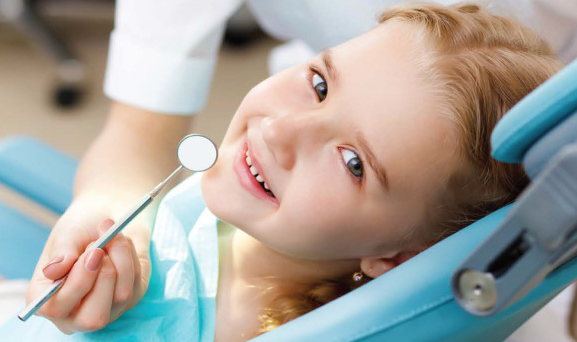Did you know?
- Dental offices generate mercury, biomedical waste, fixer solutions, and lead wastes that cannot be disposed of with regular garbage.
- Federal regulations require dental offices to have a pollution prevention plan for dental amalgam.
- Ontario regulations require dental practices where dental amalgam is placed, repaired or removed to install and maintain an ISO standard dental amalgam separator.
- Silver containing wastes as well as spent x-ray developer and fixer solutions should be recycled by the supplier.
- The appropriate disposal of hazardous waste is required by both Ontario's waste management regulations and municipal sewer use bylaws.
- Oxford County has concentration limits on mercury and other heavy metals that can enter the wastewater systems.
What should my office be doing?
- Do train staff in proper handling, management, and disposal.
- Do install and maintain an ISO-certified amalgam separator or equivalent and connect all dental units to it.
- Do use disposable chair-side traps and filters in your dental units
- Do remove the chair-side trap and place the entire trap into a break-resistant, airtight container labelled "Hazardous Waste: Contact Amalgam."
- Do remove your vacuum pump filter from your dental unit. Fasten the lid securely onto the filter. Label the filter "Hazardous Waste: Contact Amalgam." Collect filters in a secondary container as provided by your supplier.
- Do empty waste from reusable traps and filters into a marked waste container.
- Do follow manufacturer's instructions regarding equipment maintenance
- Do store all wastes in sealed containers and ship within 90 days of being filled.
- Do collect human tissue in red liners marked with the universal biohazard symbol.
- Do maintain written or computerized logs of amalgam waste generated and of amalgam waste removed from the vacuum system or plumbing
- Do obtain receipts or other certified documentation from your recycler or hauler of all amalgam waste recycling or disposal shipments.
What shouldn't my office be doing?
- Don't dispose of amalgam, human tissue, blood-soaked materials or sharps into the regular garbage.
- Don't wash amalgam particles down the drain.
- Don't place amalgam wastes into the biomedical waste/sharps container.
- Don't self-transport amalgam.
- Don't give amalgam to an uncertified scrap metal dealer.
- Don't use chlorine-containing products to cleanse vacuum lines.
- Don't pour chemicals or silver-bearing x-ray film processing solutions into the drain, sink or open environment.
- Don't wipe traps/filters with paper towels or any other material.
Amalgam waste includes:
- Contact amalgam such as extracted teeth containing amalgam restorations
- Noncontact or scrap amalgam
- Used, leaking, or unusable amalgam capsules
- Amalgam captured by chair-side traps, vacuum pumps, screens, and other devices, including the traps, filters, and screens themselves
Categories of wastes from dental offices
MERCURY CONTAINING WASTES
Mercury has been declared a toxic substance under the CEPA, 1999. In addition, mercury-containing wastes, including dental amalgam wastes, may be classified as hazardous wastes.
BIOMEDICAL/PATHOLOGICAL WASTES
Biomedical wastes are classified as hazardous wastes. Biomedical waste containers must be released to a certified biomedical waste carrier for transport to an approved facility.
SILVER-CONTAINING WASTES
Silver-containing wastes and untreated spent X-Ray developer, and fixer solutions should not be released to common waste streams.
LEAD-CONTAINING WASTES
Lead foil packets and lead aprons must not be disposed to the general waste stream. Approved waste carriers must be utilized to transport and dispose of this waste.